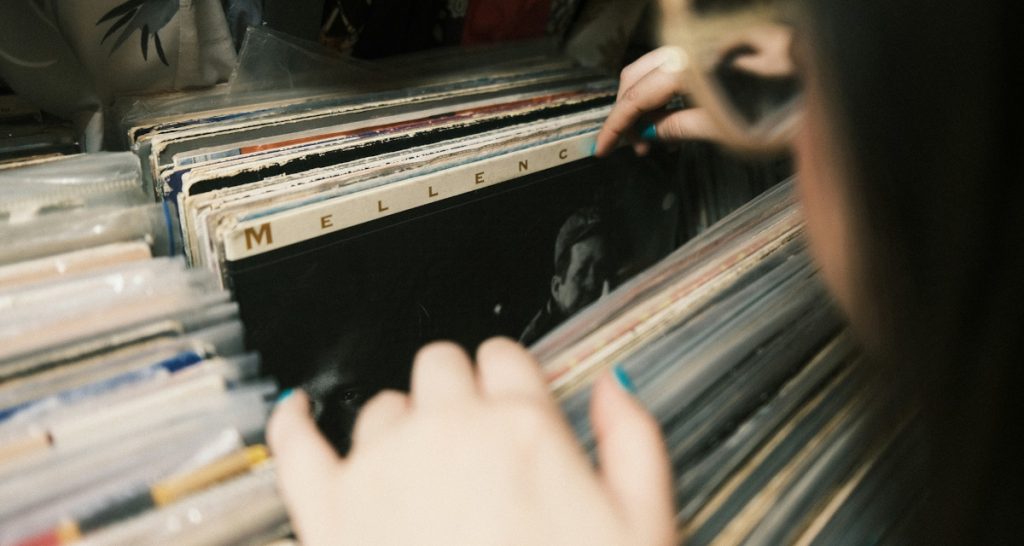
How Vinyl Record Sales Revenue Is Split at Independent Record Stores: A Detailed Breakdown
When fans purchase vinyl albums from independent record stores, here's exactly how the money gets distributed, based on a real example from Colemine Records for a $24 vinyl album:
Retail Store (35%): $8.49
- Covers operational costs
- Pays credit card fees
- Handles shipping from distributor
Distributor (13%): $3.10
- Secretly Distribution's share
- Less credit card processing fees
Manufacturer (25%): $6.03
- Production costs for pressing vinyl
- In this case, Gotta Groove Records
Label & Artist (27%): $6.37
- Split equally between label and artist
- Approximately $3.19 each

Person flips through vinyl records
For comparison, an artist would need to be streamed continuously on Spotify for 4.5 days to generate the same revenue as a single vinyl sale.
Key Benefits of Vinyl Sales:
- Supports four independent businesses simultaneously
- Provides better compensation than streaming
- Contributes to the broader music ecosystem
- Offers direct financial support to artists
While streaming remains important for music distribution, purchasing physical vinyl records represents one of the most impactful ways to support artists financially while also benefiting local businesses and the broader music industry.
The format continues to show strong popularity, as evidenced by recent successful crowdfunding campaigns like the vertical vinyl player, which raised over $617,000 from more than 2,500 backers on Kickstarter.

Wooden gavel on marble surface

Orchid synthesizer by Tame Impala
Related Articles

Duetti Raises $200 Million in New Debt Funding, Total Capital Now Exceeds $435 Million

